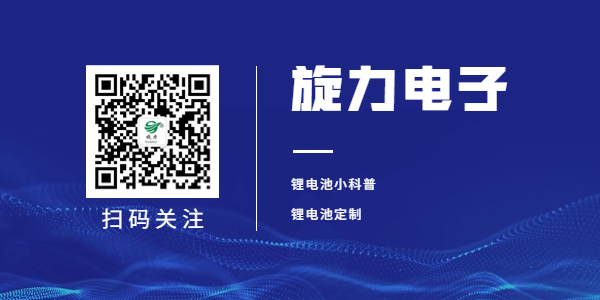Polymer lithium-ion batteries refer to batteries in electrochemical systems that contain lithium. Lithium metal batteries do not contain metallic lithium and can be charged. However, when we encounter a lithium-ion battery that is broken and unusable, how can we repair it?
Below, we will provide a detailed explanation of three repair methods for polymer lithium-ion batteries. You can try them out to see if they are practical. Let‘s take a look together!
Method 1 for repairing polymer lithium-ion batteries:
After using up all the electricity in the polymer lithium-ion battery on the product, remove it and handle it with the correct temperature. The battery can greatly reduce its usage time when the temperature is not stable, because the battery is completely charged, and a considerable portion of the lithium-ion already contains memory electricity. Using this method can also release a portion of the memory battery. If winter comes, place it outside for a while and then bring it back to the house. Ultra low temperature can cause a transformation of the electrolyte inside lithium-ion batteries, leading to chemical reactions in batteries that have recently undergone freezing. The use process of lithium-ion batteries is actually a charging and discharging process. During this period, the negative and positive charges inside the battery collide with each other. The reason why batteries are becoming increasingly unusable is because at normal room temperature, the kinetic energy inside electrons is still relatively large, so the battery remains active and leakage is relatively frequent. When a lithium-ion battery is placed in an ultra-low temperature environment, there will be significant changes in the microstructure of the lithium film and electrolyte on the surface of the battery, as well as in their interface layer, resulting in temporary inactivity and reduced leakage current inside the battery. Therefore, after recharging, the battery life of the phone will increase.
Method 2 for repairing polymer lithium-ion batteries:
Another method is to remove the battery and let it sit for about seven days, gradually depleting the electricity. First, use a machine to completely consume the electricity. Continue to fully charge, it is estimated that the current charging time is definitely very short. After fully charging, disconnect and charge again, repeatedly repeating several times. The cycle life of lithium-ion batteries is about 600 times. If the number of charges is too many, the thermal movement of molecules will slowly and seriously damage the molecular arrangement and microscopic particle structure inside, and the charge storage efficiency will be inadvertently reduced. The freezing process is relatively easy to seriously damage the original internal structure of the battery, and may improve the ability to charge in the shortest possible time, but long-term use may not necessarily be useful. Once the micro particle structure inside lithium-ion batteries is severely damaged, it is almost impossible to fully restore normal operation. Long term use of this method will accelerate the natural loss of the battery.
Method 3 for repairing polymer lithium-ion batteries:
Use a rubber eraser or other cleaning tool to remove any rust on the surface. The metal surface of lithium-ion batteries that have been used for a long period of time will experience a corresponding degree of air oxidation, resulting in poor contact between the battery and the product. The service life of lithium-ion batteries will be reduced, and using a rubber eraser or other cleaning tools can remove the rust on the surface, making contact between the battery and the product better.



